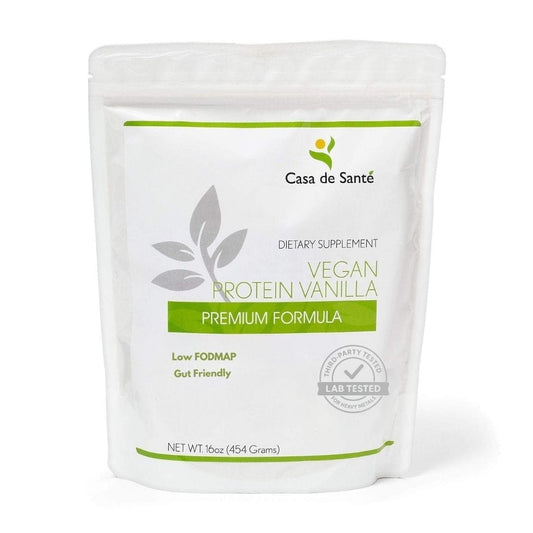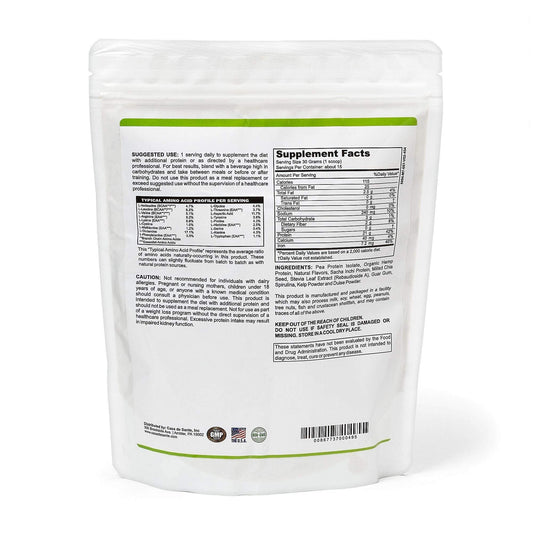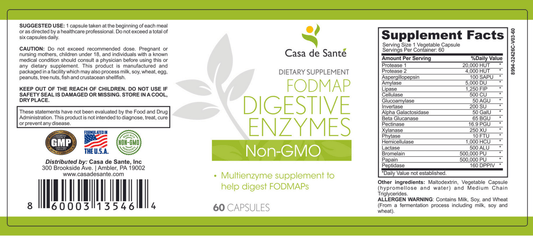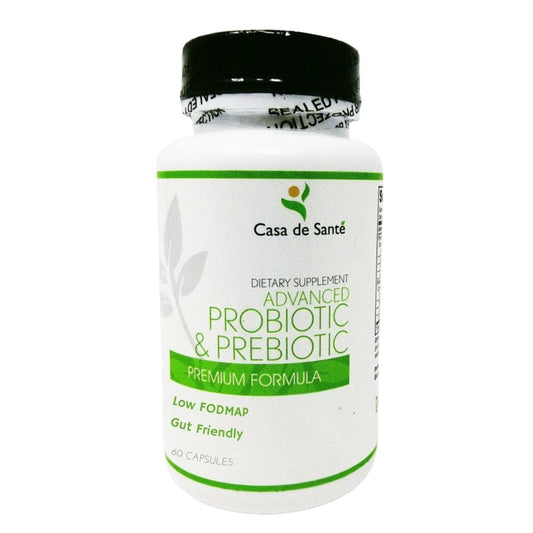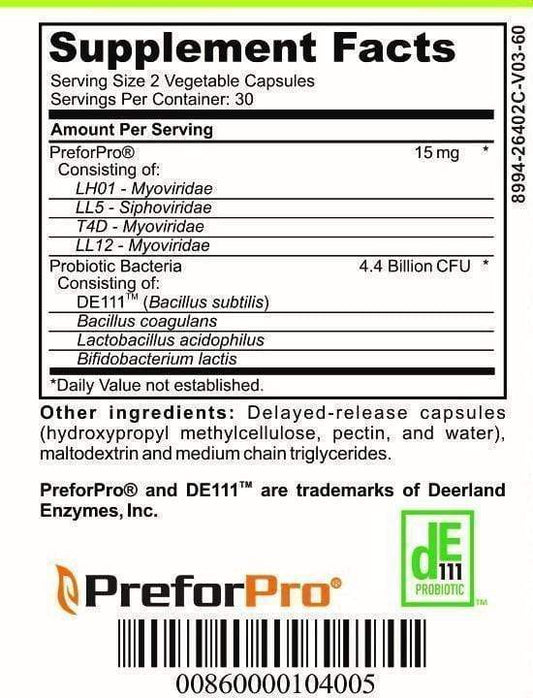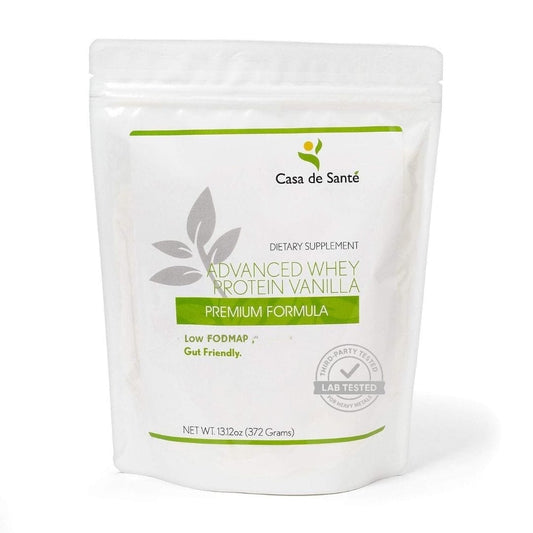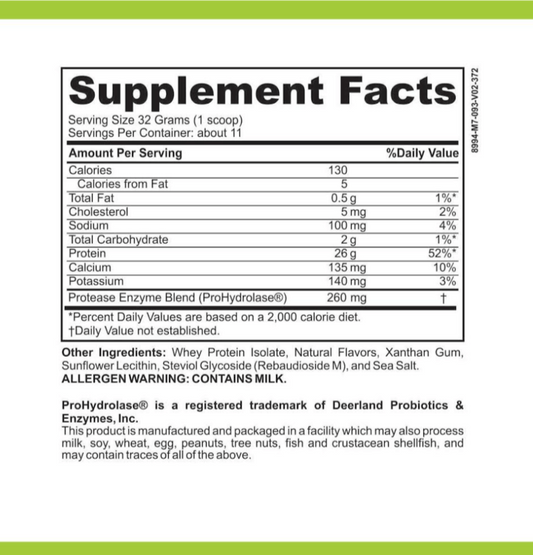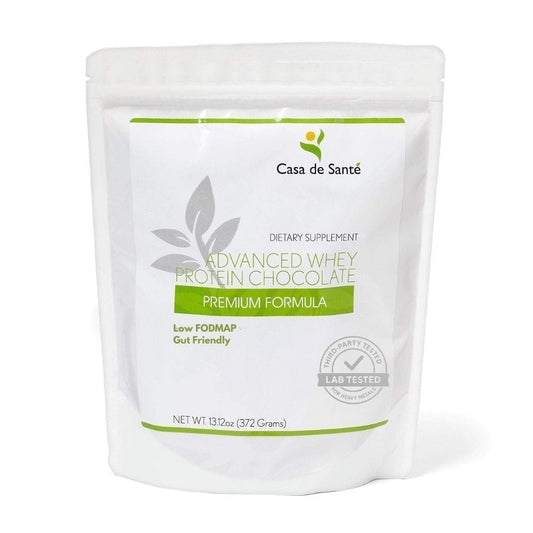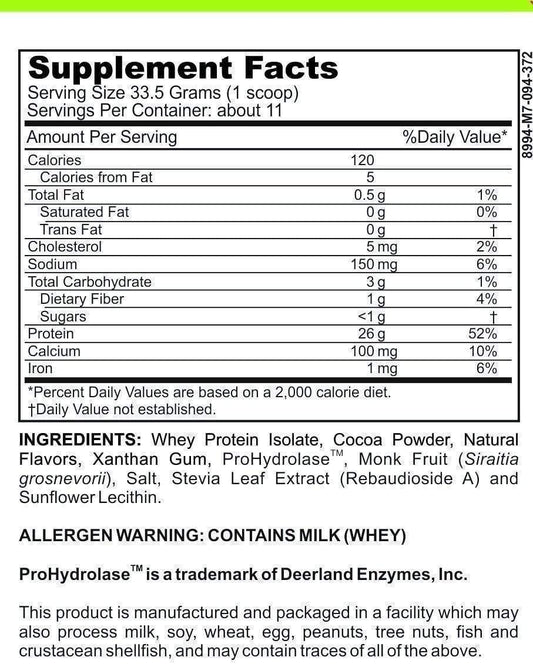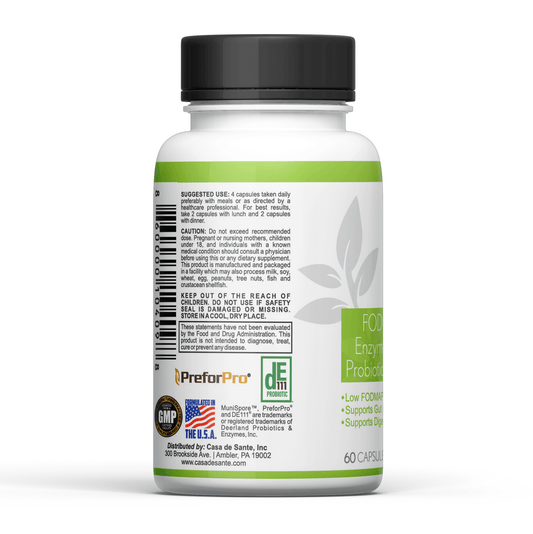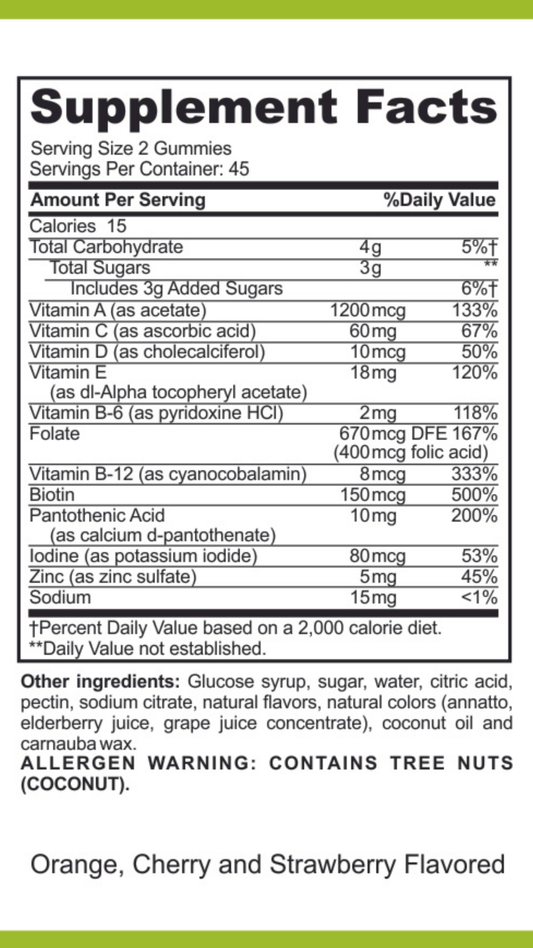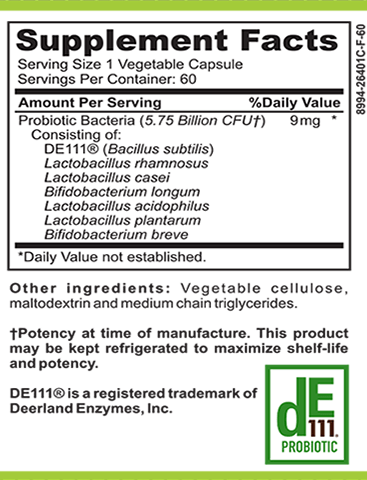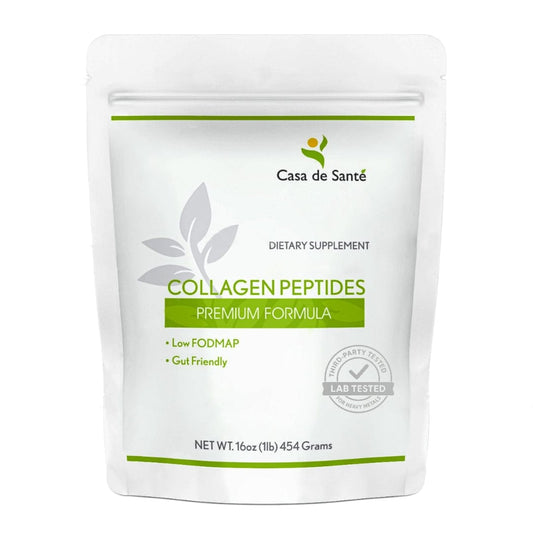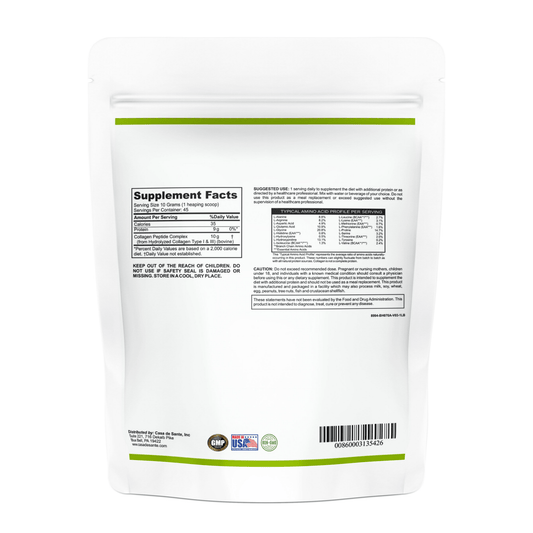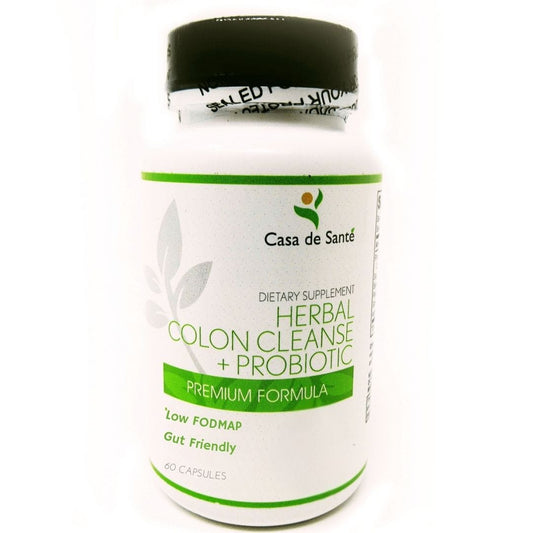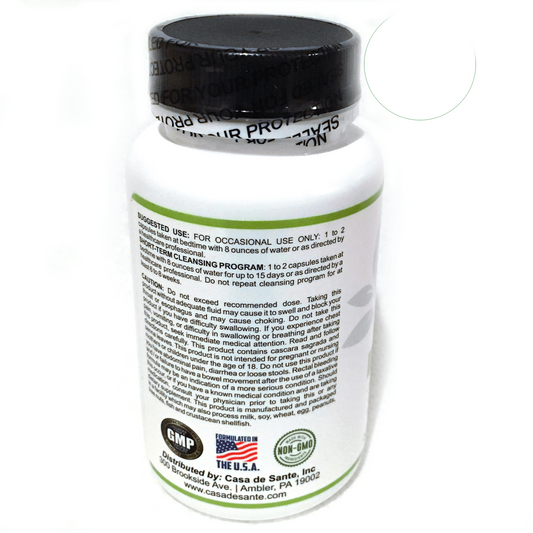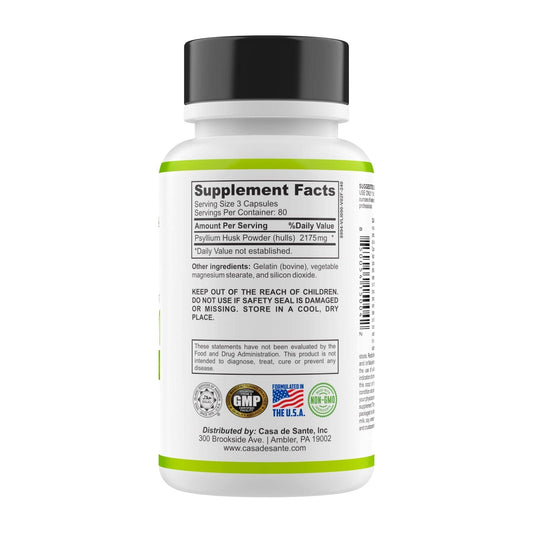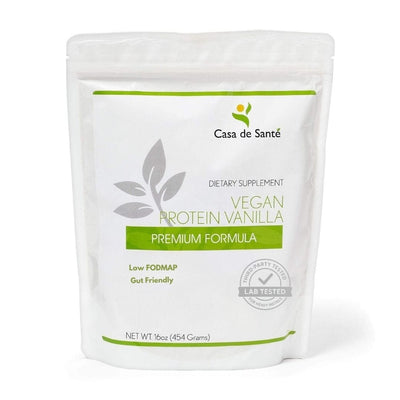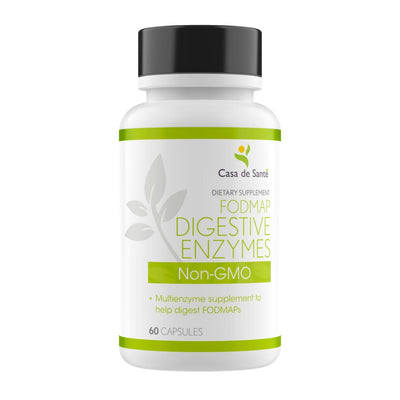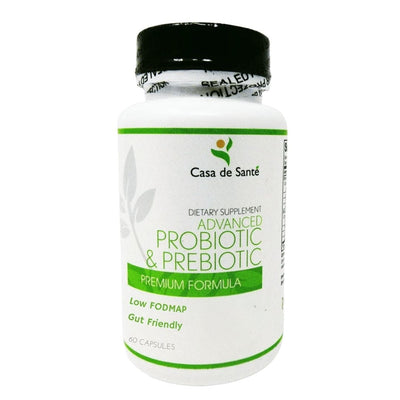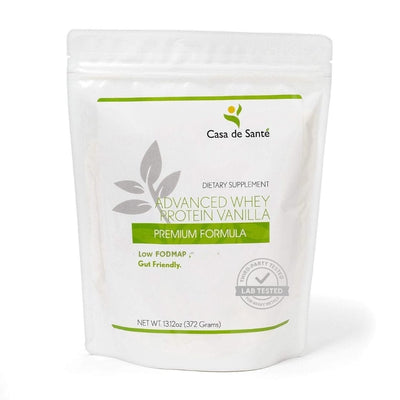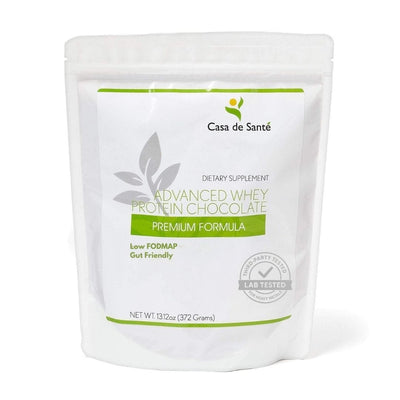Soylent Hurts Stomach
Soylent Hurts Stomach
Many people have started incorporating Soylent, a meal replacement drink, into their daily diets. However, some individuals have reported experiencing stomach discomfort after consuming Soylent. In this article, we will explore the connection between Soylent and stomach pain, possible reasons for this discomfort, personal experiences of Soylent consumers, and ways to mitigate stomach issues when consuming Soylent.
Understanding Soylent: A Brief Overview
Before we delve into the topic at hand, let's provide a brief overview of Soylent. Soylent is a meal replacement product that aims to provide all the essential nutrients that the body needs in a convenient and efficient manner. It was developed as a solution to address the struggles individuals face when trying to prepare and consume nutritious meals in their busy lifestyles.
Soylent has gained popularity in recent years due to its innovative approach to nutrition. With busy schedules and limited time for meal preparation, many people find it challenging to maintain a balanced diet. Soylent offers a solution by providing a nutritionally complete beverage that can replace one or more of your daily meals.
By opting for Soylent, individuals can save time and effort in meal planning and cooking. It offers a quick and easy alternative, allowing them to focus on other important aspects of their lives without compromising their nutritional needs.
What is Soylent?
Soylent is a nutritionally complete beverage that contains a balance of macronutrients, vitamins, and minerals. It is designed to replace one or more of your daily meals, providing a quick and easy alternative to traditional cooking and meal planning.
Each serving of Soylent is carefully formulated to provide a precise combination of nutrients that the body needs to function optimally. It includes a balance of proteins, carbohydrates, and healthy fats, ensuring that you get the energy you need to power through your day.
Moreover, Soylent is fortified with essential vitamins and minerals, ensuring that you meet your daily requirements. Whether you're looking to lose weight, maintain a healthy lifestyle, or simply save time, Soylent offers a convenient and accessible meal replacement option.
The Ingredients of Soylent
Soylent's ingredients consist of a combination of plant-based proteins, carbohydrates, healthy fats, and essential vitamins and minerals. The formula is carefully crafted to meet the body's nutritional needs while ensuring a convenient and accessible meal replacement option.
One of the key ingredients in Soylent is soy protein isolate, a high-quality plant-based protein that provides all the essential amino acids. This makes Soylent suitable for individuals following a vegetarian or vegan diet, as it offers a complete protein source without the need for animal products.
In addition to soy protein isolate, Soylent contains carbohydrates such as maltodextrin and isomaltulose. These carbohydrates provide a steady release of energy, keeping you fueled throughout the day. The inclusion of healthy fats, such as high oleic sunflower oil and canola oil, ensures a balanced macronutrient profile.
Soylent also includes a wide range of essential vitamins and minerals, including vitamin C, vitamin D, calcium, iron, and many more. These nutrients are crucial for maintaining overall health and supporting various bodily functions.
Overall, the ingredients in Soylent are carefully selected to provide a nutritionally complete meal replacement option. Whether you're on the go, looking for a convenient meal solution, or simply want to ensure you're getting all the necessary nutrients, Soylent offers a practical and efficient choice.
The Connection Between Soylent and Stomach Discomfort
Now let's address the main concern: the potential link between Soylent consumption and stomach discomfort.
When it comes to meal replacement options, Soylent has gained significant popularity in recent years. Many individuals appreciate the convenience and nutritional value it offers. However, there have been reports of some people experiencing stomach pain, bloating, and digestive problems after consuming Soylent. These complaints have raised concerns among consumers and sparked discussions about the safety and suitability of Soylent as a meal replacement option.
But what exactly is causing these digestive issues? Scientific studies examining the digestive impact of Soylent are limited. However, the available research suggests that Soylent may affect individuals differently based on their unique physiology and dietary preferences.
Our digestive systems are incredibly complex, and what works for one person may not work for another. Factors such as gut bacteria composition, food sensitivities, and overall health can all influence how our bodies react to different foods and beverages. Soylent, being a meal replacement with a specific formulation, may not be suitable for everyone.
It is essential to consider individual differences when assessing the digestive impact of meal replacement options like Soylent. While some people may experience discomfort, others may not have any issues at all. It is always recommended to consult with a healthcare professional or a registered dietitian before making any significant changes to your diet.
Additionally, it is worth noting that Soylent is not the only meal replacement option available on the market. There are various alternatives that individuals can explore if they find that Soylent does not agree with their digestive system. It's all about finding what works best for you and your body.
In conclusion, while there have been reports of stomach discomfort associated with Soylent consumption, the digestive impact of this meal replacement option varies from person to person. It is crucial to listen to your body and make informed decisions about your dietary choices. Consulting with a healthcare professional can provide valuable insights and guidance tailored to your specific needs.
Possible Reasons Why Soylent May Cause Stomach Pain
Several factors could contribute to the stomach discomfort experienced by some Soylent consumers. Let's explore a few possible explanations.
Ingredient Sensitivities and Allergies
Individuals may have specific sensitivities or allergies to certain ingredients found in Soylent. It is crucial to carefully review the ingredients list and consult with a healthcare professional if you have any known allergies or food intolerances.
Soylent is made up of various ingredients, including soy protein isolate, maltodextrin, high oleic sunflower oil, and isomaltulose. While these ingredients provide a balanced nutritional profile, some individuals may have sensitivities to soy or other components. Allergic reactions can range from mild discomfort to severe symptoms, such as abdominal pain, nausea, or even anaphylaxis in extreme cases.
If you suspect that you may have an allergy or sensitivity to any of the ingredients in Soylent, it is important to consult with a healthcare professional for proper evaluation and guidance. They can help determine if Soylent is suitable for you or recommend alternative meal replacement options.
The Role of Fiber in Soylent
Soylent contains a significant amount of fiber to support digestive health. While fiber is beneficial for most individuals, some people may experience discomfort or bloating when consuming high-fiber foods or drinks like Soylent. Gradually increasing fiber intake may help mitigate these issues.
Dietary fiber plays a crucial role in maintaining a healthy digestive system. It adds bulk to the stool, promotes regular bowel movements, and aids in the overall digestion process. However, sudden changes in fiber intake can cause gastrointestinal distress, such as gas, bloating, or stomach pain.
If you are new to Soylent or have a low-fiber diet, it is advisable to introduce it gradually into your routine. Start with smaller servings and gradually increase the amount over time. This allows your body to adjust to the increased fiber intake and reduces the likelihood of experiencing discomfort.
The Impact of Soylent's High Protein Content
The protein content in Soylent is relatively high, which can be problematic for individuals with sensitive stomachs. Digesting protein requires the release of stomach acids and digestive enzymes, which may cause discomfort in some people.
Protein is an essential macronutrient that plays a vital role in various bodily functions, including muscle repair, hormone production, and immune support. However, excessive protein consumption or difficulties in protein digestion can lead to stomach pain or digestive issues.
Individuals with sensitive stomachs may find it challenging to break down and digest large amounts of protein efficiently. This can result in symptoms such as stomach cramps, bloating, or even diarrhea. If you experience these symptoms after consuming Soylent, it is advisable to consult with a healthcare professional to determine if protein digestion is the underlying cause.
Additionally, it is essential to ensure that you are drinking an adequate amount of water when consuming Soylent or any high-protein meal replacement. Sufficient hydration supports digestion and helps prevent potential discomfort associated with protein consumption.
Personal Experiences: Case Studies of Soylent Consumers
Now, let's take a closer look at the personal experiences of individuals who have consumed Soylent and evaluate their feedback.
Positive Experiences with Soylent
Many individuals have reported positive experiences with Soylent, finding it to be a convenient and nutritionally balanced meal replacement. These individuals have not experienced any stomach issues or have successfully mitigated them through specific strategies.
For example, Sarah, a busy working professional, shared her positive experience with Soylent. She found that incorporating Soylent into her daily routine allowed her to save time and effort on meal preparation. Sarah mentioned that Soylent provided her with all the necessary nutrients, including protein, carbohydrates, and healthy fats, making it a complete meal replacement option. She also highlighted the convenience of Soylent, as it came in ready-to-drink bottles that she could easily pack and consume on the go.
In addition to Sarah, many athletes and fitness enthusiasts have also praised Soylent for its positive impact on their performance. John, a marathon runner, shared his experience of using Soylent as a pre-workout meal. He found that Soylent provided him with sustained energy throughout his training sessions, allowing him to push himself further and achieve better results. John also mentioned that Soylent's balanced nutritional profile helped in his post-workout recovery, ensuring that his body received the necessary nutrients to repair and rebuild muscles.
Negative Experiences with Soylent
On the other hand, some individuals have shared negative experiences, citing stomach discomfort as a significant drawback. It is important to consider these firsthand accounts and acknowledge that different people may have varying reactions to Soylent.
One such individual, Mark, reported experiencing stomach discomfort after consuming Soylent. He mentioned that he initially enjoyed the convenience and nutritional benefits of Soylent, but soon started experiencing bloating and digestive issues. Mark sought advice from a healthcare professional who suggested that he might have a sensitivity to one of the ingredients in Soylent. Mark's experience highlights the importance of considering individual tolerances and potential allergies when incorporating Soylent into one's diet.
Despite negative experiences like Mark's, it is worth noting that many individuals have found ways to overcome or minimize stomach discomfort associated with Soylent. Some have reported that gradually introducing Soylent into their diet or consuming it alongside other foods helped alleviate digestive issues. Others have found success by experimenting with different flavors and formulations of Soylent to find the one that suits their body the best.
Overall, the personal experiences of Soylent consumers vary, with some individuals praising its convenience and nutritional benefits, while others have encountered stomach discomfort. It is important for individuals considering Soylent as a meal replacement option to take into account their own dietary needs, preferences, and potential sensitivities to ensure a positive experience.
How to Mitigate Soylent-Induced Stomach Discomfort
If you experience stomach discomfort when consuming Soylent, there are strategies you can try to help alleviate these issues.
Gradual Introduction of Soylent into Diet
Start by gradually introducing Soylent into your diet to allow your body time to adjust. Begin with small portions or replace one meal a day and gradually increase the amount as your digestive system becomes more accustomed to it.
Pairing Soylent with Other Foods
Consider pairing Soylent with other foods to aid digestion and reduce the chances of experiencing stomach discomfort. Adding fruits, vegetables, or other low-fat, easily digestible snacks alongside Soylent can help ease any potential digestion issues.
In conclusion, while some individuals have experienced stomach discomfort after consuming Soylent, it is crucial to consider individual differences, ingredient sensitivities, and dietary habits when evaluating the digestive impact of this meal replacement option. Consulting with a healthcare professional can provide personalized advice and guidance for individuals who are concerned or experiencing stomach issues while consuming Soylent. Experimenting with different approaches, such as a gradual introduction and pairing Soylent with other foods, may help alleviate any discomfort and allow you to enjoy the benefits of Soylent as a convenient and nutritious meal replacement option.

